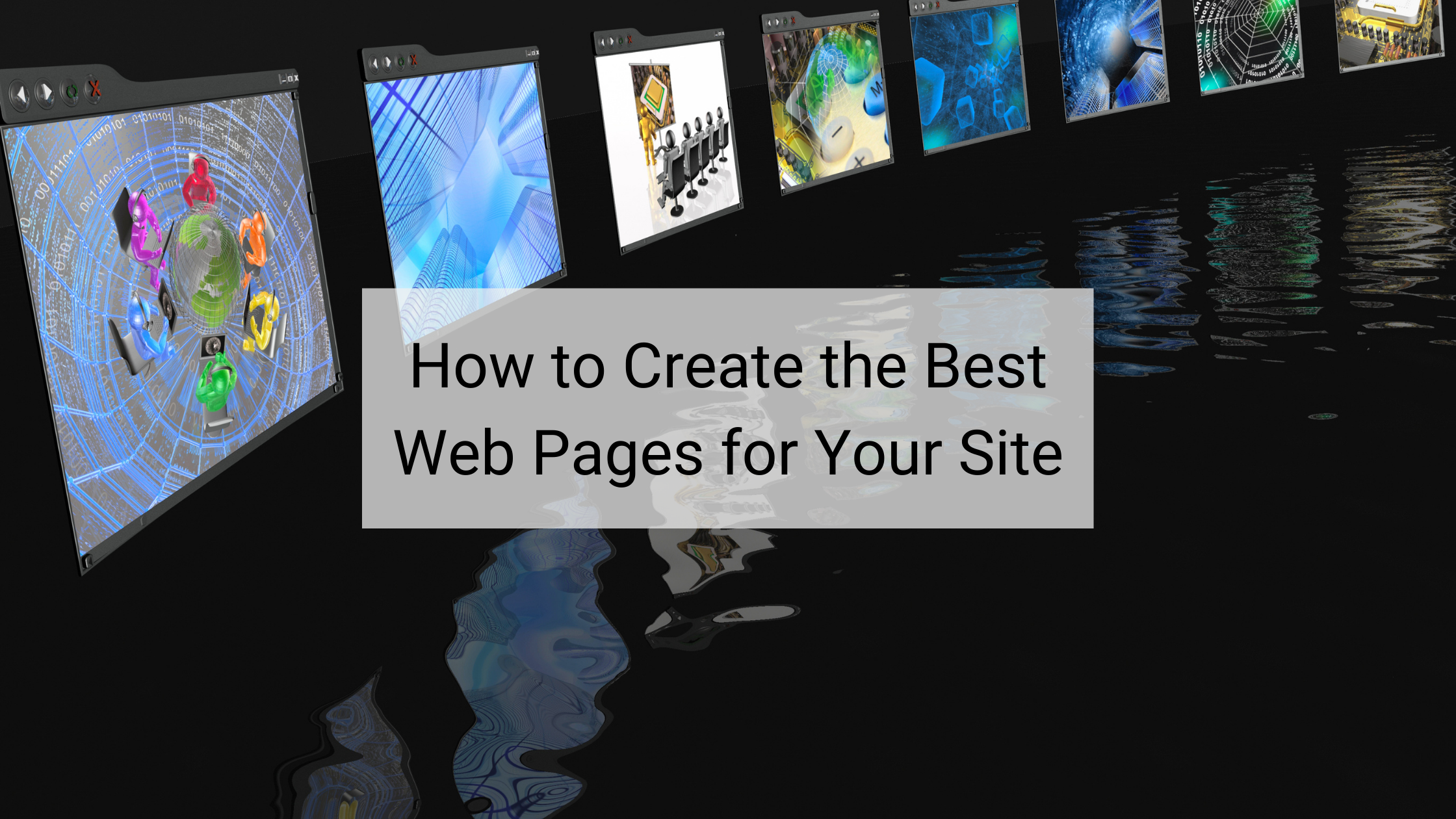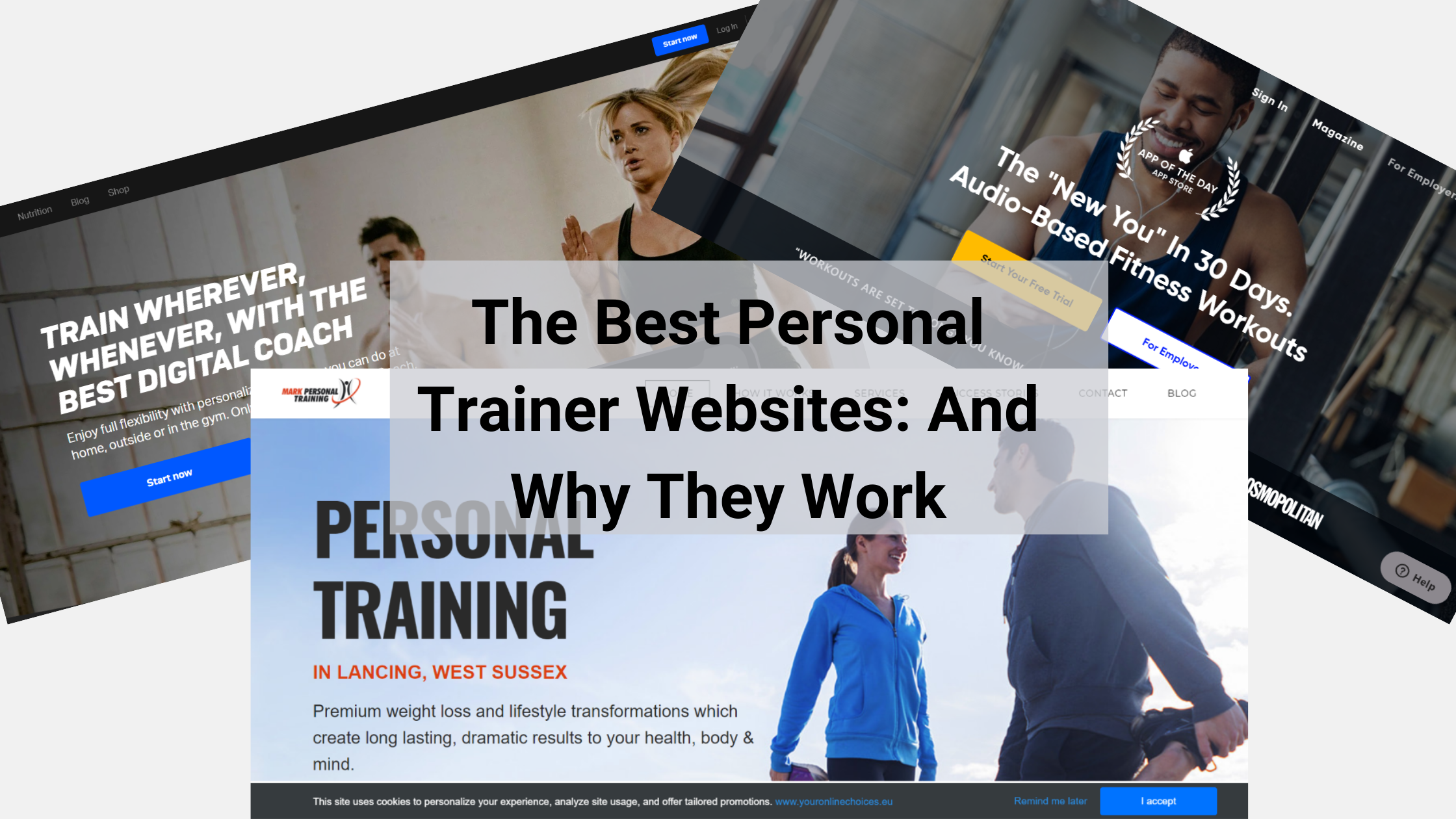Once you’ve chosen a template and settled on your site’s look and feel, the next step is to start building it up with some fantastic website ideas. Instead of focusing on the big picture, concentrate on building the best web pages for your site.
Here are a few essential tips from Zapp’s design team to help you create stunning, sales-driving, content-rich pages that will keep visitors on your site long after they arrive.
Step 1: Use calls to action.
Prompt site visitors to do something when they arrive that will lead to a sale. If you showcase products on a page, add a Buy Now button. If you sell a professional service or complex products with a longer sales cycle, use a download now button to give them more information (and ideally, capture their contact details so you can follow up.) If you list your customer reviews, add a button that takes them to your product catalogue, or available plans and pricing.
Step 2: Optimise page load speeds.
Making sure your site pages load quickly in user web browsers is vital. There are plugins you can add to your site’s content management system, for example, that will cache recurring image sand background files, so visitors don’t have to load anything from your site more than once.
Step 3: Steer clear of stock photos.
With so much great content out there, cutting corners with bland stock photography is one of the best ways to turn a great site into a boring one. People recognise generic images immediately. It’s best to use a picture taken at your actual premises and of people you employ. High-quality product images are more likely to boost sales, so invest in good ones for the products or services you sell.
Step 4: Connect a payment gateway.
If you’re selling products via your website, then integrating an e-commerce payment gateway is a no-brainer. Zapp can do this for you by implementing e-commerce software or adding a third-party payment processor like Stripe. We’ll make sure your customers have a shopping cart when they need it.
Step 5: Test and test again
Before taking your site live, make sure it works and looks the same on all the major web browsers (, including Chrome, Safari, and MS Edge, and so on). Check that the links send people where you want them to go, that images display correctly, and the overall layout and formatting of the pages is smooth.
Step 6: Switch on web analytics
Another essential feature to incorporate into your website from the very beginning is a program like Google Analytics. Setting it up even before the website launches will help smooth out any issues. Once the site is live, you can monitor traffic patterns and see which pages and content are the most popular and least popular. That will enable you to make changes that drive further improvements.
Step 7: Promote your site on social
Pushing out marketing messages and linking back to your site on social media is a great way to reach new customers and alert old ones about what’s happening at your company. Whenever you add new website content, post it to LinkedIn, Facebook, Instagram or Twitter.
It would help if you also made your site pages share-able for others by adding social buttons to your pages. These usually go at either the top-right above the menu in the ancillary menu bar or the page footer.
Step 8: Optimise the site for search with SEO
Submitting your site’s URL to all the major search engines will help potential customers find you – as will implementing an effective search engine optimisation (SEO) programme across your site. Technical fixes like ensuring meta-descriptions, tiles, URL naming conventions and uniform resource identifiers are keyword-rich will help keep you up the search engine rankings for the products or services that you’re aiming to sell.
Step 9: Don’t neglect the site after launch
Having a website is more than ‘build, publish, and forget’. You need to update frequently with new content like blog posts, latest news, and exclusive offers, and company news to maintain your visibility in search engine rankings, as well as keep customers interested and coming back.
Step 10: Be crystal clear about what your business does.
Visitors should know what you do within seconds of landing on your home page. The best web pages explain what your business does with a clear, concise statement that’s visible the moment a new user arrives. A handful of bright, well-written pages will drive more sales than twenty poorly written ones.
The Bottom Line
Launching a new website is an essential milestone in the life of your business. Do it right, and you can raise awareness about what you do and sell, establish credibility, and reach a broader base of potential customers than traditional marketing could ever deliver.
Want to know more? Ask us how we can help you build the best web pages that are optimised for SEO and update your site regularly with fresh, compelling content that pulls in new prospects.







